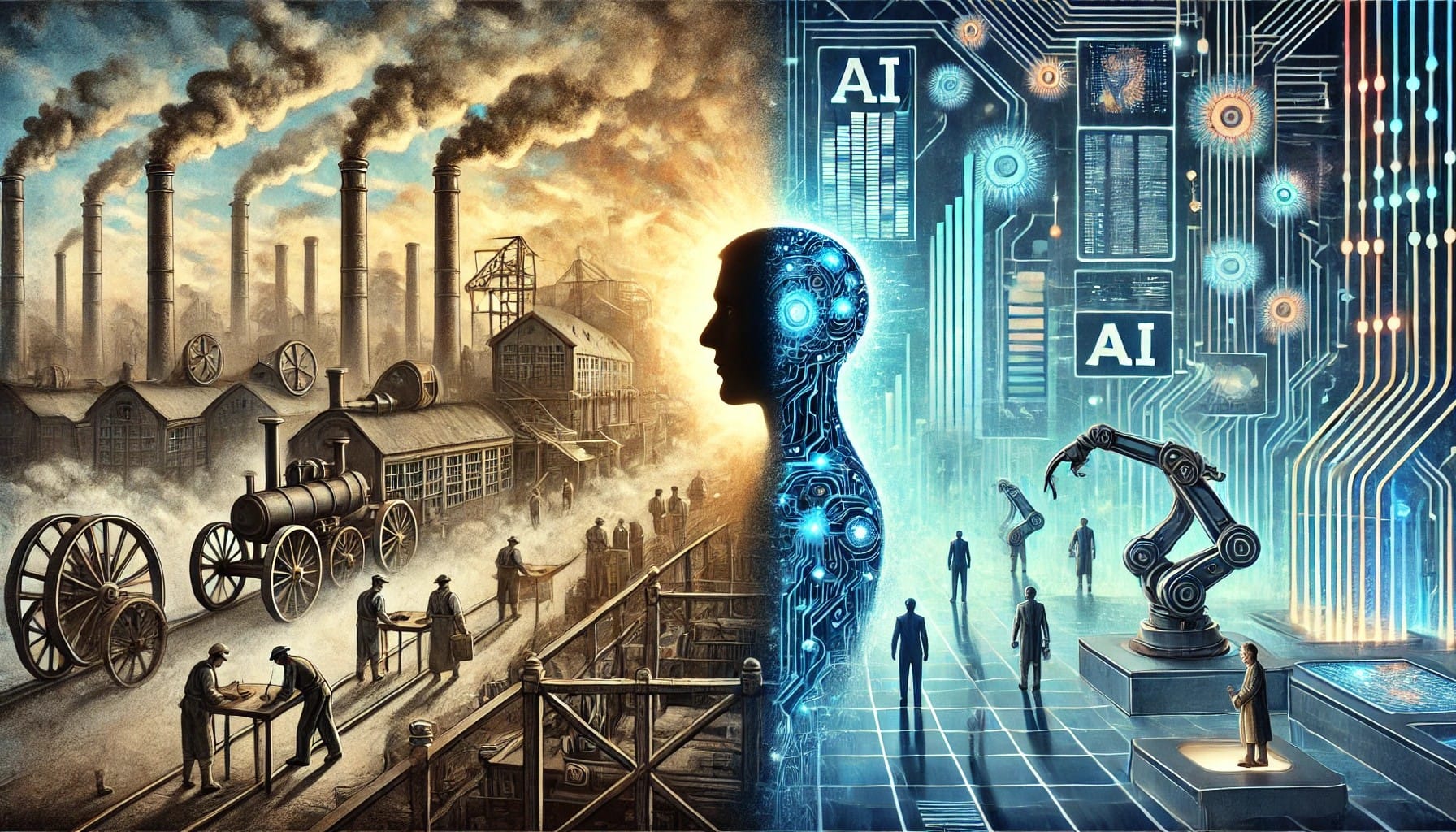The industrial revolution was a turning point in human history. Machines took over physical labour, reshaping industries and societies. Tasks that once required muscle power were now performed faster, more efficiently, and with greater precision by steam engines, assembly lines, and mechanized tools. This era laid the foundation for the modern economy but also signaled the end of many traditional forms of work.
Today, we stand at the forefront of an equally transformative shift: the artificial intelligence revolution. This time, it is not physical tasks being replaced but mental ones. AI systems can write reports, analyze data, create music, and even mimic human conversation. Jobs that require reasoning, creativity, and problem-solving are no longer safe from automation.
When these two revolutions converge, the implications are clear: there will be no work left for humans to do. Machines and algorithms will handle both the physical and intellectual tasks that once defined human effort. The traditional concept of “work” will become obsolete.
This reality forces us to confront uncomfortable questions. If human labour is no longer needed, what purpose will we find in a world where productivity is entirely automated? Will society adapt, or will we struggle to define our role in this new paradigm?
One thing is certain: the age of human work is coming to an end. What happens next will shape the future of humanity.

Leave a Reply